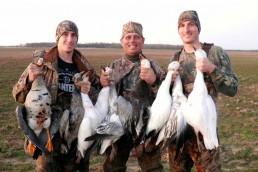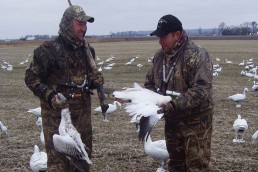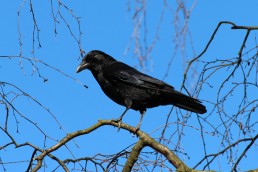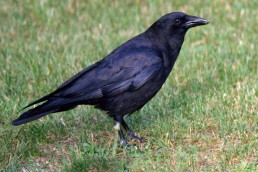Extend Your Waterfowl Season
SHARE THIS POST
A couple of decades ago I learned the complexities of hunting snow and blue geese from a guide in the Missouri “Bootheel” named Bob Stoner. Stoner had a unique way of finding these “lesser” goose species in harvested grain fields and holding them there for days regardless of the amount of shooting.
Bob never owned a full-body goose decoy or even goose shells for that matter. However, all of us who have ever chased snows and blues know it is an exercise in futility without several hundred deceptors on the ground. Stoner used very lightweight and easily transported decoy-type units.
Taking discarded pillowcases from local motels and nursing homes, he put a 2-foot-long dowel in the ground. Stoner would then put a pillowcase over the stick and hit it with a well-placed shot or two of black spray paint. Now multiply this easy process by 500 and you have a decoy spread that is effective and can be placed in under an hour by two or three hunters.
Now the real key to the continued success of this system is adding movement to the flock. There are currently over a dozen commercially manufactured decoys that move which can be added to your flock. And this number does not include the kite-type decoys that are also available.
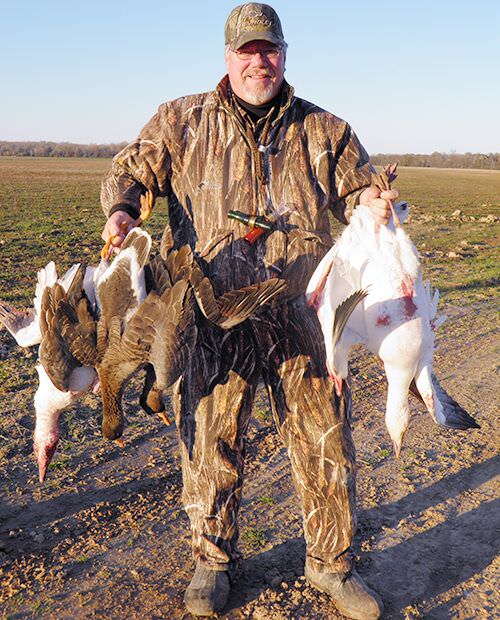
Stoner again had found a much cheaper and handier way to achieve lifelike movement within his spread. The one thing he did each evening before a morning hunt was to visit the local “five-and-dime” store and purchase one dozen white and one dozen black helium balloons with 4-foot strings. They went into a huge plastic garbage bag for transportation to the field. A metal washer on each string held them down and they were distributed throughout the spread of pillowcase decoys. Even the slightest breeze made the spread come to life with movement.
All waterfowl hunters know the real key to success is to hunt ducks and geese where they are and where they want to be. Here in the Midwest, we have certain times in the winter when snows and blues move through on feeding frenzies. It really does not take much to be ready to participate if you are willing to prepare ahead of time.
With liberal limits, a long season, and nuisance seasons, hunting these geese can be lots of fun and productive. Do not be deceived that these lesser geese are not “fit to eat.” A marinated snow or blue goose breast can be wrapped in bacon and grilled medium-rare, where they are “fit” for a feast.
On a recent duck hunting trip to southeastern Arkansas with good friends Luke Terstriep and his sons Luke, Jr. and Lance, we spent our afternoons chasing and shooting snows, blues and specklebelly geese. Not having any gear whatsoever with us for hunting lesser geese, we adapted and overcame—sometimes less is more.
Are you enjoying this post?
You can be among the first to get the latest info on where to go, what to use and how to use it!
Let me begin by telling you how many tens of thousands of these geese were down there the first week of January. After our first morning’s very successful duck hunt, we decided to observe the snow goose flocks to see if we could establish any pattern to their flights and to the fields they were using. In just a couple of hours we discovered that when we spooked a flock off a field by either driving by them or walking into them, most of the time they returned to the same field within 30 minutes. We decided to formulate a plan based upon that limited data.
We picked a field where it seemed the geese really wanted to feed. We would sneak as close as we could to the flock before they spooked. If we positioned ourselves correctly, the flock would fly right over one or two guns on their way out. If we dropped any geese on the initial flush we would just let them lay and we would all get into the field and get under cover.
If the geese did return, we all held off on shooting until the greatest number of our four guns had legitimate chances of killing geese. If the geese came in and got back in the field without getting shot into, we would be in touch via cellphones and decide who should stand to push the flock to the greatest number of concealed guns.
This method was very time-consuming, but worked both afternoons we tried it. Specklebelly geese were mixed right in with the snows and blues and gave us all an opportunity to harvest a species we cannot take locally.
I know many local hunters who harvest hundreds of snows and blues each winter, especially when the geese move back north after the thaw. With a very reasonable investment of both money and time you too can be ready to extend your waterfowl season.
Snows, blues and specklebelly geese fell to the non-traditional methods of Mike Roux and the ‘Terstriep Trio.’ Photo: Luke Terstriep, Jr.
The ‘Terstriep Trio’ shows off both light geese and ducks from southeast Arkansas. Photo: Mike Roux
MWO
SHARE THIS POST
Did you enjoy this post?
You can be among the first to get the latest info on where to go, what to use and how to use it!
Mike Roux
Mike Roux is an award-winning outdoor writer. He is a former Illinois Outdoor Writer of the Year. Roux is also a renowned speaker available to sportsmen’s groups as well as youth and church groups. Check him out at mikeroux.com.
